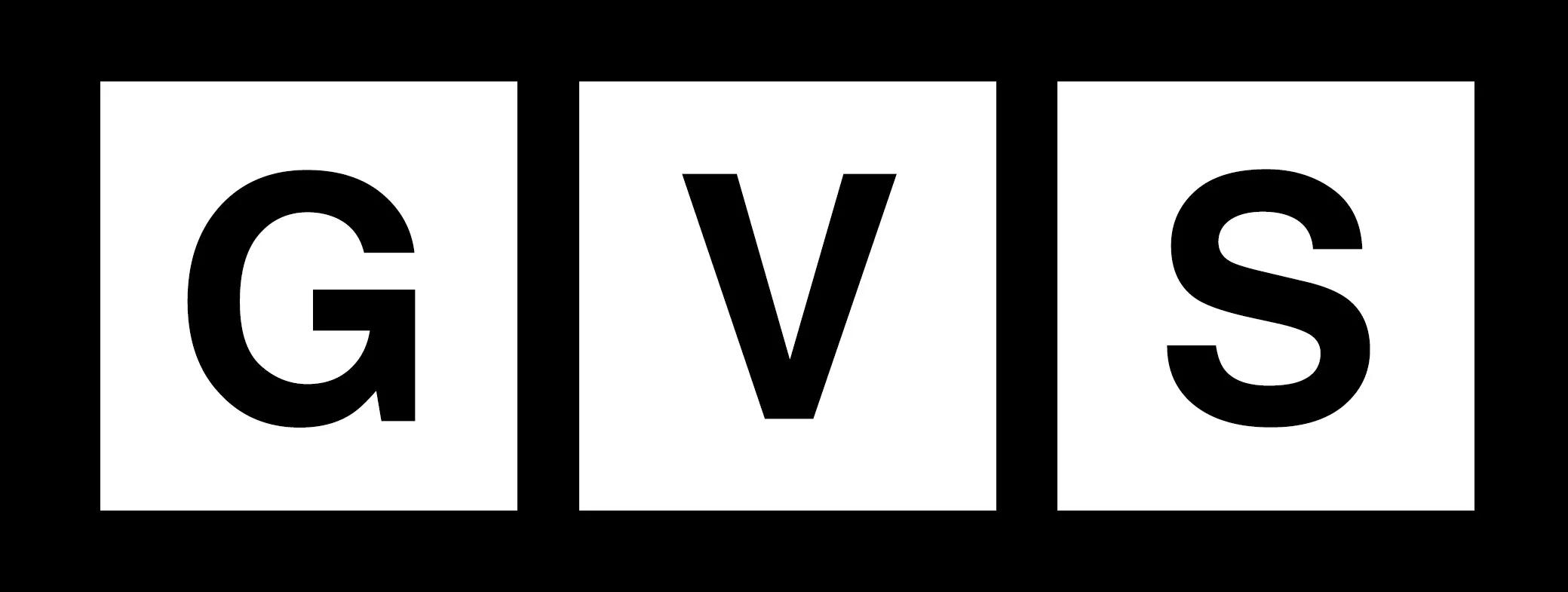The Frustration of Ignoring History
Living in today’s world can be incredibly frustrating, especially when those in positions of authority seem unwilling or unable to learn from history. It’s perplexing to think that expertise would not be a requirement for holding such positions. The words “expert” and “expertise” are derived from the Latin root “experientia,” which means knowledge born of trial. True expertise comes from experience, not just credentials or a network of friends. And experience can be gained not only through personal trials but also through the study of history.
Learning from History
Studying history allows us to develop a better roadmap for the present. One important lesson we can learn is that cutting the federal funds rate during this time is not a wise move. Lowering the rate may reduce the risk of credit expansion and encourage more borrowing, but it also expands the money stock and creates artificial boom-like conditions. These conditions distort production structures and lead to unsustainable capital investment.
The Problem of Inflation
Inflation is closely related to the issue of cutting rates. In fact, a century ago, inflation was defined as an expansion of money and credit beyond what the economy could support. When there is an excess of money in circulation, it spills over into fueling price increases. This is why lower rates and government debt creation are often associated with inflationary conditions.
Conventional Wisdom and Historical Precedent
One would think that these concepts are not complicated, especially for those in the financial industry or those who have studied economics. These ideas are taught in every prep course for certifications like Certified Financial Planner or Certified Financial Analyst. They are widely accepted as industry knowledge.
Furthermore, history provides ample evidence to support these ideas. In the 1970s, there were three distinct waves of inflation, each preceded by credit expansion. In each case, the inflation eventually died out, but the Federal Reserve interpreted the lower inflation as a sign to lower rates and avoid recession. Unfortunately, this led to a refinflation that eroded the purchasing power of money.
The Need for Higher Rates
Given this historical context and our current situation, it is clear that we need years of higher rates. This would be the wise policy to prevent a repeat of the 1970s. However, the Federal Reserve seems to have decided that rates are too high, even though they are not high by historical standards. This decision seems illogical and goes against the Keynesian framework, which suggests that rate cuts should be countercyclical moves to stimulate a struggling economy. But according to official data, the economy is doing well, so there is no basis for a rate cut unless the Fed knows something it’s not admitting.
Political Motivations and Economic Realities
It appears that the Fed’s decision to cut rates is more political than economic. It seems designed to put a positive spin on the post-lockdown economic situation. While this may benefit financial markets, it does not necessarily translate to genuine economic growth that benefits everyone. Rising financials can be another form of inflation, which ultimately devalues existing stock.
Unsustainable Economic Practices
There are many aspects of our current economic situation that are simply unsustainable. The federal debt, the housing market, the medical services market, the higher education market, the bloated sectors of tech and media, and the artificial propping up of industry through trade restrictions are all examples. A recession, though painful, would be necessary to correct these unsustainable practices, just as detoxing is necessary for a drug addict to recover.
The Fed’s Role and Historical Parallels
Unfortunately, it seems that the Federal Reserve is dedicated to preventing the very thing we need the most. It’s hard not to conclude that their actions are driven by the upcoming November election. Additionally, the Fed has been unwilling to take responsibility for causing the recent inflationary bout, just as they did in the 1970s. It took a new Fed chairman, Paul Volcker, to address the problem back then. But today, we are far from a solution, and there is no one like Volcker to fix the issue. As a result, it appears that the Fed is determined to recreate the grim history of the 1970s, either due to other priorities, a lack of understanding, or the banking industry’s self-interest.
The Path Forward
No one in this country would vote for another wave of inflation, yet the Fed’s policies seem to be leading us in that direction. A larger rate cut would be even worse than a small one, but the safest and most sensible path would be to avoid a cut altogether or even consider an increase. This would signal that we are committed to earning money the old-fashioned way, rather than creating it from thin air. It’s time to learn from history and make decisions that will benefit the economy in the long run.
